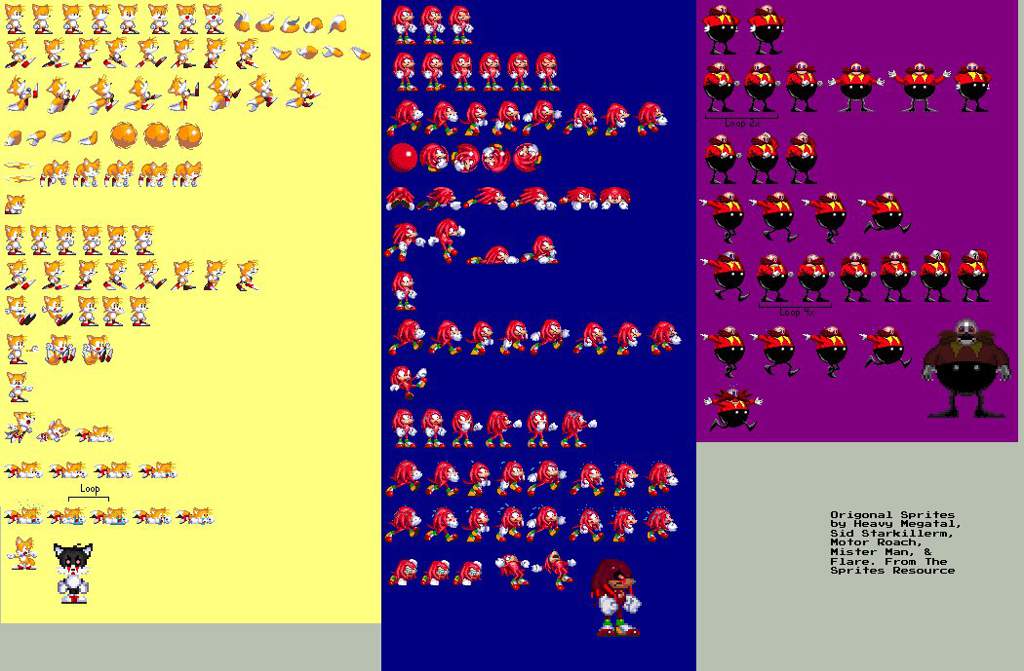
Second, Sonic was a highly innovative video game in and of itself. First, it gave the company a popular mascot character who could compete with Nintendo's Mario (and there's no question that Sonic the Hedgehog is largely responsible for catapulting Sega and the Mega Drive to massive commercial success in the early '90s). I will say, though, that Sonic the Hedgehog was a landmark game for Sega in two ways.

If you're reading this, it's very likely you already know Sonic very well, so I don't need to explain the premise. Sonic the Hedgehog was released in 1991 for the Sega Mega Drive (Genesis in North America).

And while I think those experiments largely failed, there were certainly occasional flashes of brilliance glimpses of the potential of a 3D Sonic experience. Sonic Adventure was an ambitious and highly consequential Sonic game that led to what I'd classify as a series of experiments with Sonic over the last couple of decades. Now that the dust has settled and I've had some time to sit with the game, how does it fare? Does it really solve the problems it needed to solve? Before I answer those questions, I think it's worth taking a step back and thinking about what Sonic the Hedgehog is as a game, and why the 3D iterations struggled to present a coherent and compelling evolution of the franchise so far. The end of last year saw the release of Sonic Frontiers, a game that sought to put 3D Sonic games on a new path. However, if you grew up with the 2D Sonic games, then you likely already know where I'm coming from, hyperbole aside. If you grew up playing the 3D Sonic games (I'm specifically counting Sonic Adventure onwards), then you may have found my opening salvo nothing short of blasphemous. First of all, the way you think about Sonic the Hedgehog as a franchise is going to depend heavily on when you were born. on second thought, that statement might require just a little qualification.

Can we all agree on that? Okay, great, my work here is done.


 0 kommentar(er)
0 kommentar(er)
